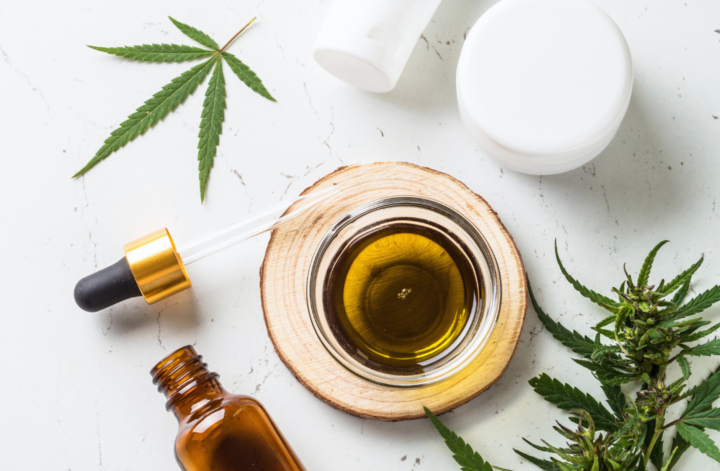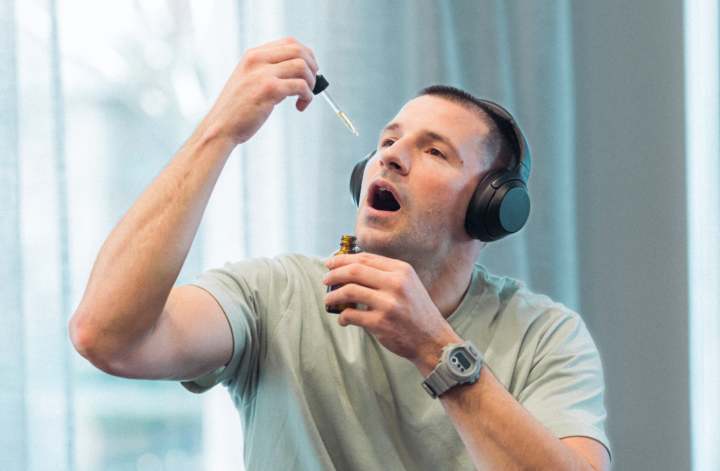Building self-confidence is essential for personal and professional growth. Many individuals struggle with self-doubt, limiting their potential. To boost confidence, one must engage in self-awareness and practice positive self-affirmation techniques.
Effective strategies include setting achievable goals and celebrating small successes. This approach helps create a sense of accomplishment and reinforces positive self-image. Additionally, surrounding oneself with supportive people can play a crucial role in fostering confidence and resilience.
Practicing self-care, such as regular exercise and mindfulness, can also enhance self-esteem. These activities contribute to a healthier mindset and a more positive outlook on one’s abilities. By actively working on these strategies, individuals can develop self-confidence that reinforces their personal and professional endeavors.
Understanding Self-Confidence
Self-confidence is a crucial element of personal development and mental health. Factors such as self-esteem, self-worth, and self-efficacy play significant roles in shaping an individual’s confidence levels. Recognizing barriers like negative self-talk and perfectionism can aid in building stronger self-confidence.
The Psychology of Self-Confidence
Self-confidence stems from various psychological components, including self-esteem and self-efficacy. Self-esteem relates to one’s overall sense of self-worth, while self-efficacy pertains to the belief in one’s abilities to accomplish specific tasks. These elements interact with experiences of success and failure, influencing how individuals perceive their capabilities.
When individuals maintain a positive inner dialogue, they foster resilience against anxiety and fear of failure. Overcoming self-doubt is essential for transforming perceptions and enhancing self-confidence. Engaging in positive affirmations and setting realistic goals can help reinforce belief in oneself. Addressing past experiences and understanding their impact is crucial for fostering healthy self-confidence. Sometimes, the decision to undergo procedures like Blepharoplasty in Los Angeles, or similar procedures elsewhere, can involve motivation to boost one’s self image. This can contribute to a more positive outlook on life and a strong belief in one’s capabilities.
Common Barriers to Confidence
Several barriers can obstruct the development of self-confidence. Negative self-talk, for instance, can undermine positive thoughts and replace them with criticism. This inner critic often amplifies feelings of inadequacy and contributes to low self-esteem and anxiety.
Perfectionism also poses a significant challenge. Individuals may fear failure or believe they must meet unrealistic standards, leading to self-doubt and stress. Depression may further complicate this landscape, promoting feelings of helplessness. Recognizing these barriers is a crucial first step in the journey towards building solid self-confidence. Identifying specific obstacles enables targeted strategies for improvement.
Practical Steps to Boost Confidence
To effectively boost confidence, individuals can employ various practical strategies that focus on mindset, resilience, and goal-setting. These foundational elements encourage personal growth and enhance self-belief.
Cultivating a Positive Mindset
A positive mindset is crucial for building confidence. Engaging in positive self-talk allows individuals to replace negative thoughts with affirming ones. For example, when facing challenges, stating “I am capable” can create a more constructive internal dialogue.
Practicing gratitude can also shift focus from shortcomings to strengths. Keeping a gratitude journal helps individuals recognize accomplishments and appreciate their unique traits.
Surrounding oneself with positive people significantly influences confidence. Their encouragement and support foster a nurturing environment. Additionally, individuals should stop comparing themselves to others, as this often leads to self-doubt.
Building Resilience and Coping Skills
Resilience enables individuals to navigate setbacks without losing confidence. Developing strong coping skills is essential. Techniques such as mindfulness can help manage stress effectively.
Building resilience involves facing discomfort. Taking small steps outside the comfort zone reinforces belief in one’s capabilities. Embracing challenges and viewing failures as learning opportunities can prevent feelings of defeat.
Practicing decision-making can also improve confidence. Making choices and reflecting on their outcomes builds self-trust and autonomy. Setting and maintaining boundaries can support this process by ensuring time for reflection and personal growth.
Setting and Achieving Goals
Setting realistic goals is key to confidence. Individuals should focus on achievable objectives. Breaking larger goals into smaller, manageable tasks allows for quick wins, fostering motivation and a sense of accomplishment.
Tracking progress helps in recognizing achievements. Celebrating even minor successes boosts morale and encourages continuing efforts.
Another effective strategy is to act as if one is already confident. This approach can shift behavior and mindset, leading to increased self-assurance over time. Effective goal-setting, grounded in personal strengths, ultimately reinforces confidence in abilities.
Self-Care and Personal Growth
Self-care and personal growth are vital for enhancing confidence. By prioritizing physical health, mental and emotional well-being, and encouraging personal development, individuals can create a strong foundation for self-assurance.
Maintaining Physical Health
Engaging in regular exercise is crucial for building confidence. Activities such as walking, running, or joining a fitness class can improve mood and boost self-esteem. A healthy diet plays an essential role as well. Consuming nutritious foods like fruits, vegetables, and lean proteins supports overall health.
Additionally, maintaining hydration influences energy levels and cognitive function. When individuals feel good physically, they project a more confident body language. Creating a routine that incorporates movement and balanced nutrition helps establish healthier relationships with oneself and others.
For some people, physical changes — whether from aging, weight fluctuation, or previous procedures — can subtly affect body image and confidence, so understanding realistic options can be part of self-care. Clinics that offer both surgical and non-invasive approaches can walk patients through outcomes, recovery timelines, and ways to preserve natural proportions. Patients often find a consultation helpful to explore personalized plans that align with their health and aesthetic goals, and local resources such as Plastic Surgery Institute of Southeast Texas provide procedural overviews and patient-centered information. Framing these choices within a broader wellness routine helps individuals make informed decisions without pressure.
Mental and Emotional Well-being
Focusing on mental health is key for personal growth. Practicing mindfulness and meditation can help cultivate self-awareness and reduce stress. These techniques can enhance emotional regulation, allowing individuals to handle challenges assertively.
Self-compassion is equally important. Treating oneself with kindness fosters a positive self-image. Setting healthy boundaries with others ensures that personal emotional needs are respected. Seeking support from a therapist can facilitate deeper understanding and promote mental wellness.
Encouraging Personal Development
Commitment to personal growth drives confidence. Individuals should pursue skills and hobbies that genuinely interest them. Engaging in continuous learning, whether through courses or self-study, fosters a sense of accomplishment. For some, enhancing their appearance through cosmetic procedures can also contribute to personal growth and self-assurance. In such cases, consulting a skilled plastic surgeon, such as Stephan Baker MD FACS and similar others, can provide safe, personalized options that complement their overall journey of self-improvement.
Surrounding oneself with supportive people is equally important. Positive relationships offer encouragement and valuable feedback. Setting achievable goals and tracking progress further enhances motivation. This proactive approach cultivates resilience and a strong self-image, empowering individuals in their journey toward confidence.











